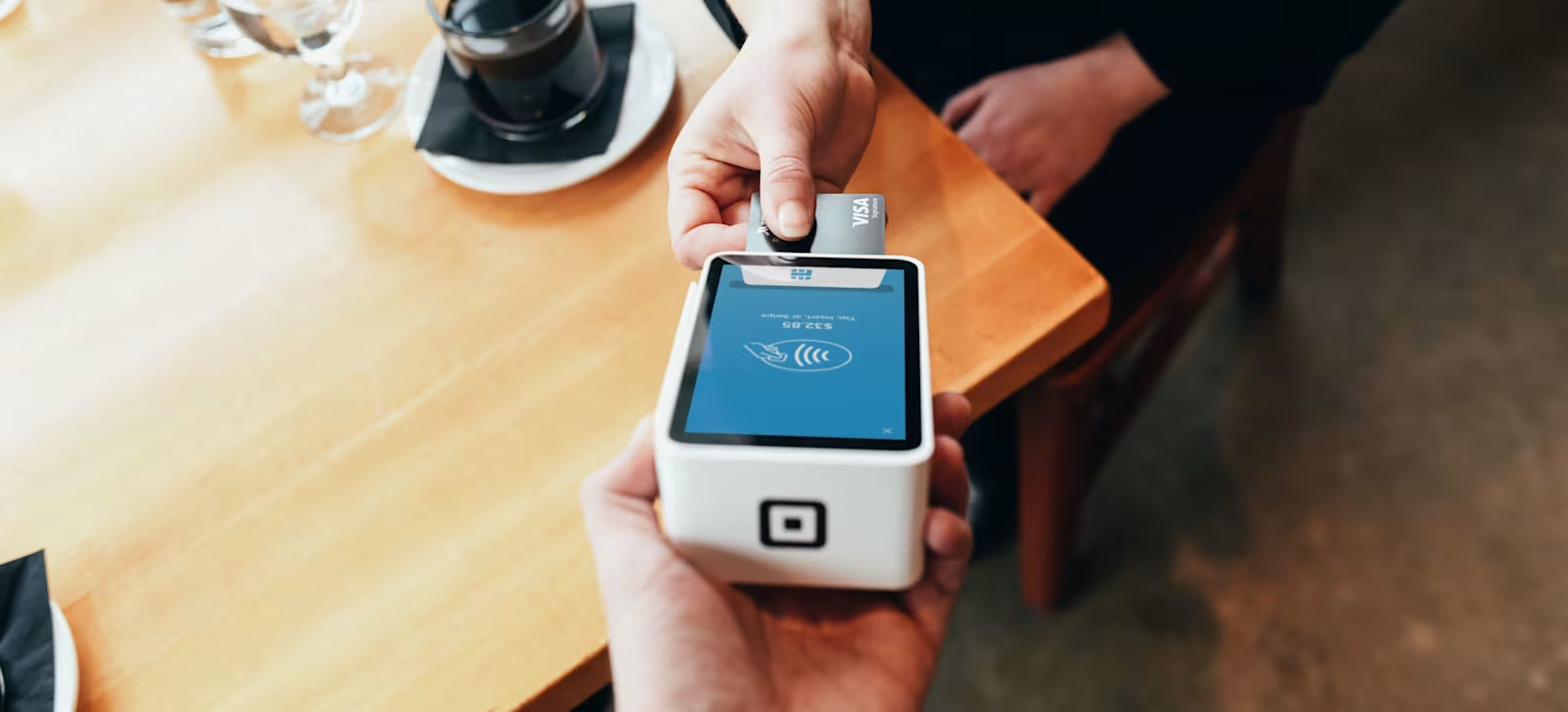What is a sort code and how to find it?
A sort code is a string of six numbers that your bank uses, along with your account number, to locate your account. This can be helpful for sending money within the United Kingdom.
If you want to send money internationally from the UK, then you will need the following numbers: SWIFT (the Society for Worldwide Interbank Telecommunications) code, BIC (bank identifier code) and IBAN (international bank account number). To find the SWIFT, BIC and IBAN codes, check your bank statements or your account details on your online banking profile.
Once you have these, you can begin to send an international transfer with WorldRemit. Still want to get more info? Here’s what we’ll cover in this blog post:
What is a sort code?
Sort code vs swift code: what is the difference?
Sort code vs IBAN: what is the difference?
How do I find my sort code?
Is it safe to give out my sort code?
Sending money in the UK and abroad
WorldRemit Content Team
• 3 mins read • Updated
What is a sort code?
You will first receive a sort code when you open a bank account with one of the major providers in the UK, such as Halifax, Barclays, or Lloyds. As mentioned previously, a sort code is a series of numbers that allows your bank to locate your account so that you can make transfers within the United Kingdom.
This will help your bank confirm your transfer and help them avoid sending money to the wrong account.
How to find my sort code?
There are many different ways to find the sort code on your account. According to moneytransfers.com, you can find it on your:
Debit card - This will be on the front of your card under your name and next to your account number
Online banking account or mobile app - This should be located under your account name or type, next to the account number.
Bank statements - This will often be in the top right or left hand corner of your bank statement
Cheques - This will appear at the bottom of the check next to the cheque number
Alternatively, you can work out your sort code from the string of letters and numbers given to you in your IBAN number. Your sort code will be represented by the ninth to fourteenth numbers listed on your IBAN number.
How do I check a sort code?
Perhaps you already know how to find your own sort code, but you want to check the sort code of the account to which you’re sending. Most UK banks will have a security step where they will check the bank account number, sort code and name on the account before they allow you to send.
However, if you want to check it yourself, there are also online tools called sort code checkers which will help you.
Sending money in the UK and abroad
Now that you know what you need to send money domestically and also internationally, you can start to use WorldRemit to send your next international transfer. And it’s not just bank transfers that WorldRemit can help with. The sort code and account number can also be used to send money for cash pickupor mobile money as well.
Explore and read more guides on our blog
Sort codes: FAQ
Is it safe to give out my sort code?
Before you give out any private information, you should be sure that you are giving these details to a trusted person. Only give out these numbers when you feel 100% safe to do so. However, it’s generally safe to give out a sort code and account number.
Sort code vs swift code: what is the difference?
The main difference between a sort code and a SWIFT code is that the SWIFT code allows your account to be recognised internationally, according to N26. SWIFT codes are also generally a bit longer at 8 to 11 digits long.
Sort code vs Iban: what is the difference?
Similar to a SWIFT code, IBAN numbers are globally compatible, according to moneytransfers.com. IBAN numbers may vary from country to country, but they’ll never be more than 34 characters long. The number will begin with the two-digit country code, followed by the two-digit check numbers, the four-digit country code, the six-digit code of the bank branch and the eight-digit bank account number.
Conversely, sort codes are much simpler at only six numbers made up of pairs of two numbers. You’ll recognise your sort code because these numbered pairs are often separated by dashes.
This communication is intended for marketing purposes only and does not constitute or provide legal advice.
Back to homeWorldRemit allows customers to stay connected and support their loved ones. Our Content Team plays an integral part in that. We celebrate the global community and help you to achieve your ambitions.





